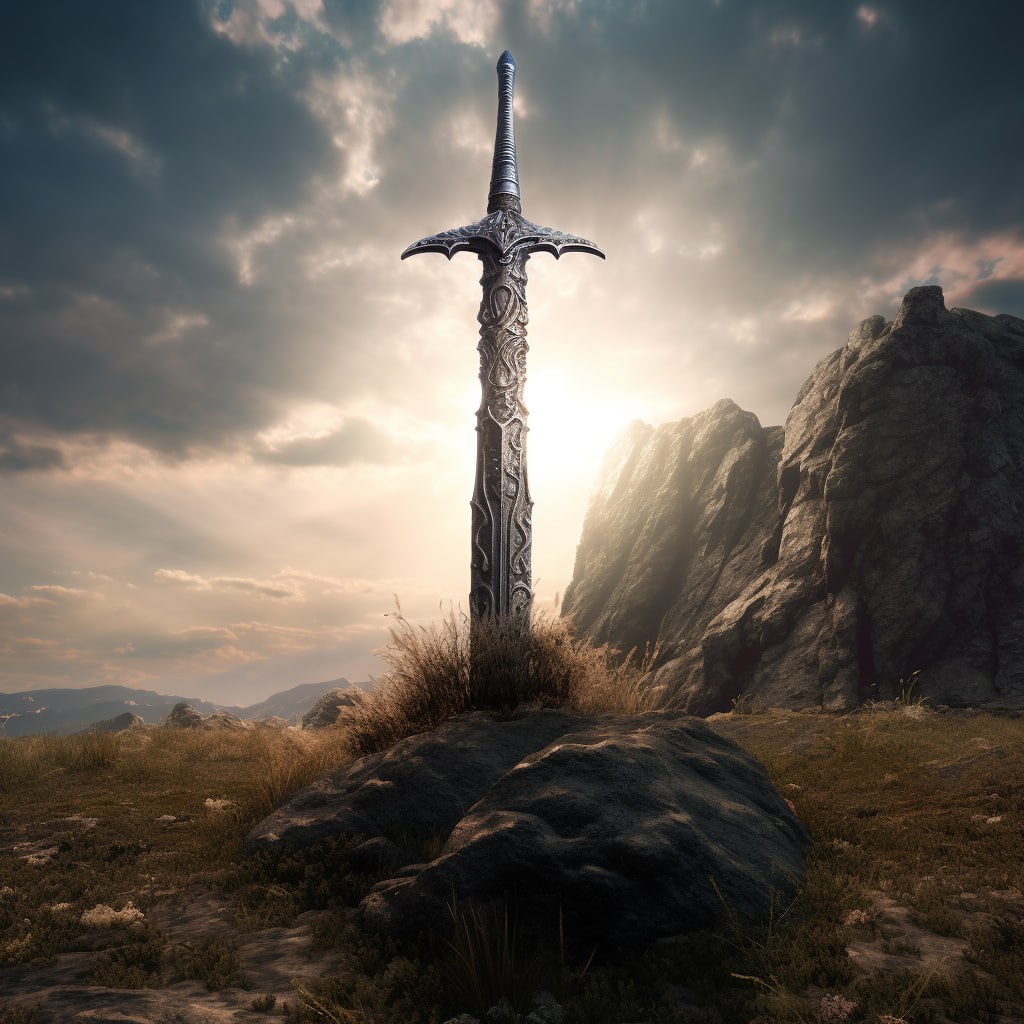The saga of King Arthur is a legendary tale that has been passed down through generations, combining elements of history, myth, and folklore. It revolves around the legendary King Arthur, his knights of the Round Table, and their quest for the Holy Grail.
Regarding the Sarmatian warriors, who are believed to have influenced the Arthurian legend, it is important to note that the Sarmatians were an ancient Iranian people who inhabited the region of Sarmatia, which encompassed parts of modern-day Eastern Europe and Central Asia. They were known for their skilled horsemanship and military prowess.
One theory suggests that during the late Roman period, Sarmatian warriors were recruited by the Roman Empire to serve as auxiliary cavalry in Britain. These Sarmatian soldiers, known as the Sarmatian auxiliaries, would have interacted with the local Britons, and their presence may have influenced the development of the Arthurian legend.
It is believed that the Sarmatian influence on the Arthurian legend can be seen in the portrayal of Arthur’s knights as skilled horsemen and the emphasis on chivalry and honor in their code of conduct. Also the symbolism of the sword being pulled from the stone can be traced back to a Scytho-Sarmatian legend. Some interpretations even suggest a Parthian origin. In fact, the chivalric culture described in the legend, and possibly even the Paladin culture, can be attributed to an Iranian tradition shared by the Sarmatians, Scythian tribes, and especially the Parthian knightsAdditionally, the image of Arthur as a charismatic leader who unites various tribes and defends the realm against external threats could be reminiscent of the Sarmatian warriors’ role as protectors of the Roman Empire’s borders.
However, it’s essential to recognize that the Arthurian legend is a complex and multifaceted narrative that incorporates various cultural and literary influences. The stories of King Arthur and his knights have evolved over time, drawing from Celtic, Christian, and medieval European traditions.
In summary, the saga of King Arthur is a rich and diverse legend that blends historical, mythological, and cultural elements. While the influence of the Sarmatian warriors on the Arthurian legend is a plausible hypothesis.

List of References
Varan Pardi, Parthavname, 2023
Geoffrey Ashe. The Discovery of King Arthur Guild Publishing, 1985.
Nicholas J. Higham. King Arthur: Myth-making and History Routledge, 2002.
C. Scott Littleton, Linda A. Malcor. From Scythia to Camelot: A Radical Reassessment of the Legends of King Arthur, the Knights of the Round Table, and the Holy Grail Garland Publishing, 2000.
Russell, Miles. Arthur and the Kings of Britain: The Historical Truth Behind the Myths The History Press, 2017.
Alcock, Leslie. Arthur’s Britain: History and Archaeology, AD 367–634 Penguin, 1972.


